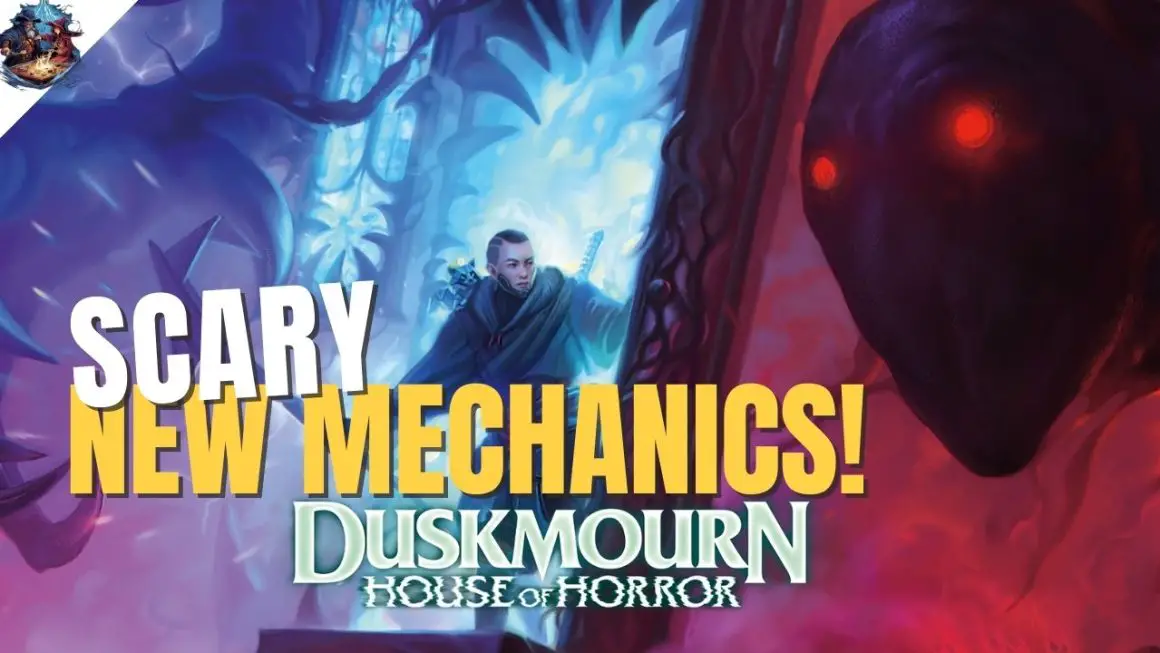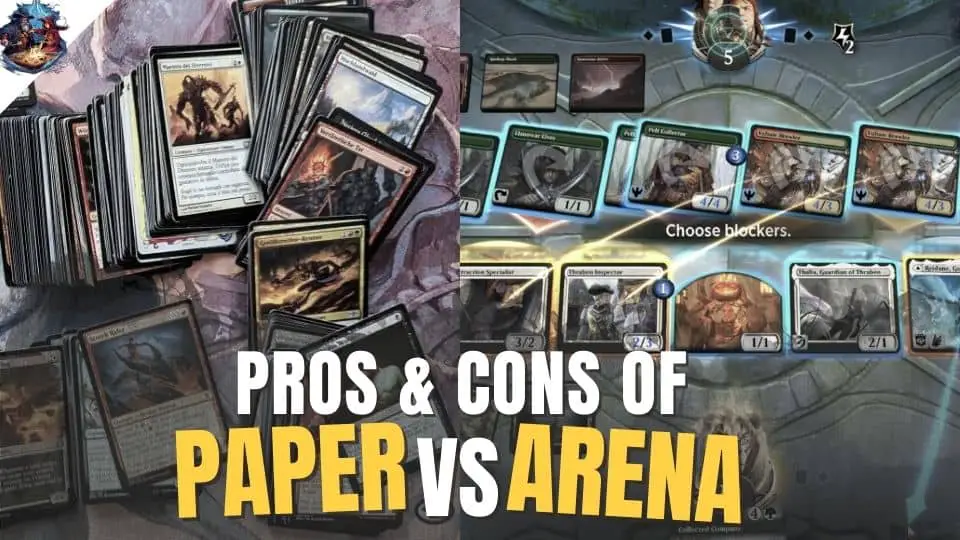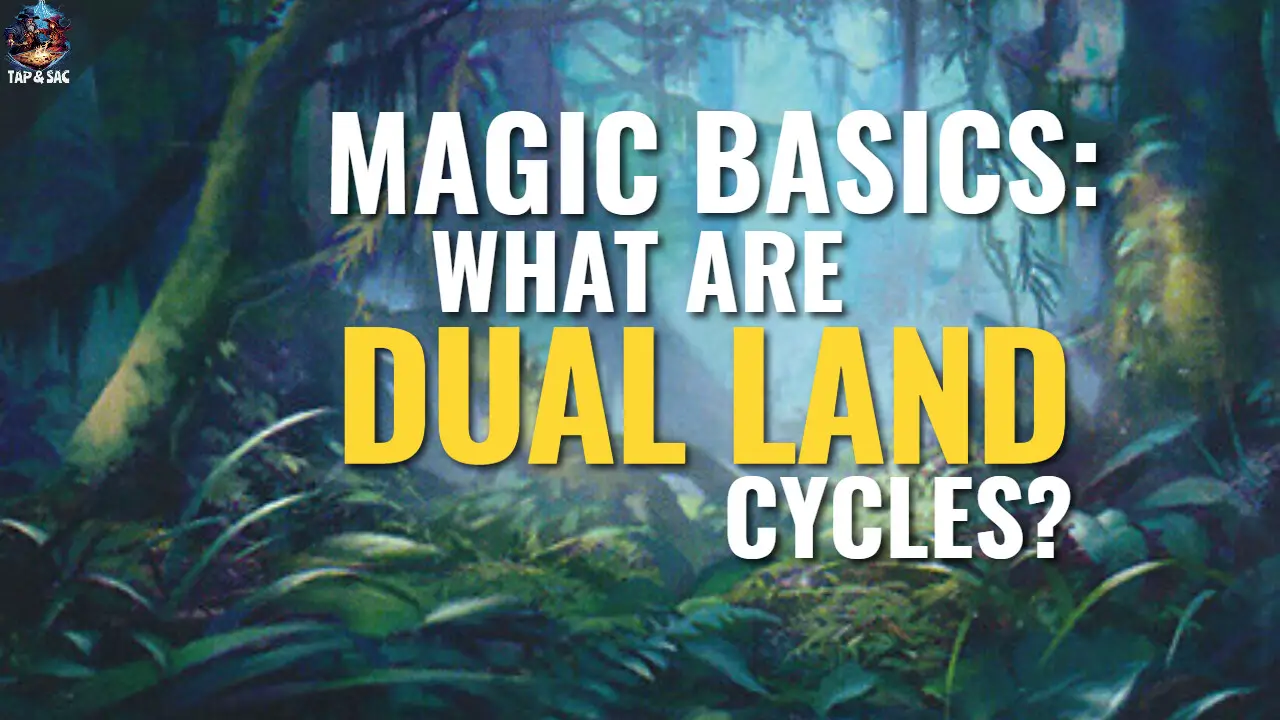Think of Artifacts as tools in Magic. They’re inorganic, but some are living while many others are not. Swords, chariots, and even little rocks are just some examples of Artifacts’ importance in the game. Magic’s most famous card – Black Lotus – is an Artifact and it is undeniably powerful.
Originally, Artifacts were always colourless entities, although that has changed over the years and they can now be coloured and have coloured casting costs.
And with the growing popularity of Artifacts in Magic, multiple sets even had an “Artifacts matter” theme, starting with Antiquities (1994), extending to Magic’s most controversial Urza’s Saga (1998) block, and eventually sets like Mirrodin (2003), Shards of Alara (2008), Kaladesh (2016), and most recently, Double Masters (2020).
Most Artifacts can fall under these overarching categories, with a few that can fit into more than one.
TYPES OF ARTIFACTS
Artifacts to Generate Mana
These are affectionately known as “Mana Rocks.” because they are designed to generate mana to help you cast your spells. More often than not, they have a medium to high casting cost and typically return half (or lesser) of that cost as their activated ability.
Some of these Mana Rocks have the added benefit of helping you “fix” or “filter” your mana. In the case of Prismatic Lens, you can either tap it for one colourless mana, or you could also pay one mana of any colour and turn it into another colour of mana. Other examples of Artifacts that filter or produce coloured Mana are the Signets and Talismans.


A few special Mana Rocks are defined as “Fast Mana”, where they circumvent the “generate less than or equal to 50% of your casting cost” clause and just do it anyway. However, most of them come with a drawback, either by leaving themselves tapped during your Untap step and manually requiring a fee to Untap (see: Grim Monolith and Mana Vault), tapping and sacrificing themselves after generating their mana (see: Black Lotus), or dealing damage to you (see: Mana Crypt)
Mana Rocks shine in longer, more drawn out formats or formats that rely on playing big spells that require an excessive amount of mana to cast, such as Draft or Commander.
Artifacts with Static, Activated or Triggered Abilities
A superset containing our dear friends the mana rocks, this category refers to the Artifacts that have various kinds of abilities: static, activated (non-Mana source) and triggered.
Static abilities refer to effects that are continuously “switched on,” such as Sapphire Medallion and the other Medallions, Winter Orb, and Howling Mine. They’re very close in function to Enchantments, just that they belong to a different card type.
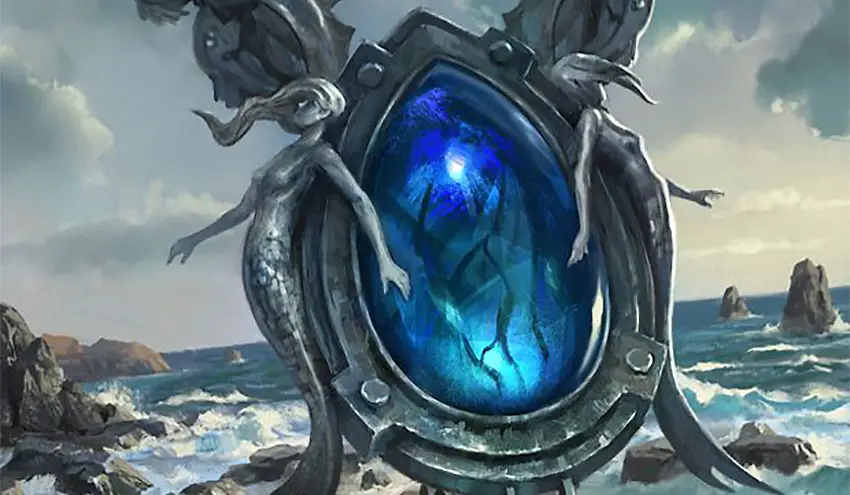
Then there are Artifacts that have triggered abilities, either as a one-trick pony (Ichor Wellspring) with a single enter-the-battlefield or leave-the battlefield trigger, or an ability that can be triggered multiple times.
Artifacts with activated abilities require some kind of cost to see an effect. These costs could be Mana, life, or just plainly tapping ![]() it. Once used, these Artifacts typically don’t have much use persisting on the battlefield. Examples of Artifacts that would fall under this category: Tormod’s Crypt, Ratchet Bomb.
it. Once used, these Artifacts typically don’t have much use persisting on the battlefield. Examples of Artifacts that would fall under this category: Tormod’s Crypt, Ratchet Bomb.



Artifact Creatures: Stalking Stones
An amalgam of two card types, Artifact Creatures play a large role in decks using the Affinity mechanic in Pauper and Modern formats, or in decks such as Mono-Green Tron. Often they serve to support the strategies they’re played in as opposed to helming the deck, since their colourless nature allows them to be run in decks of any colour combination.
However, this doesn’t mean that Wizards of the Coast hasn’t tried to push the boundaries of these cards with crazy and interesting mechanics that allow them to fit into a multitude of decks as a result. Take the card, Walking Ballista. Though requiring double X mana to generate a X/X creature, it weakens itself to utilise its ability to remove +1/+1 counters from itself to deal a measly 1 damage, while its ability to regain counters is kept behind a wall of 4 mana and requiring the creature to tap, leaving you open to attackers.
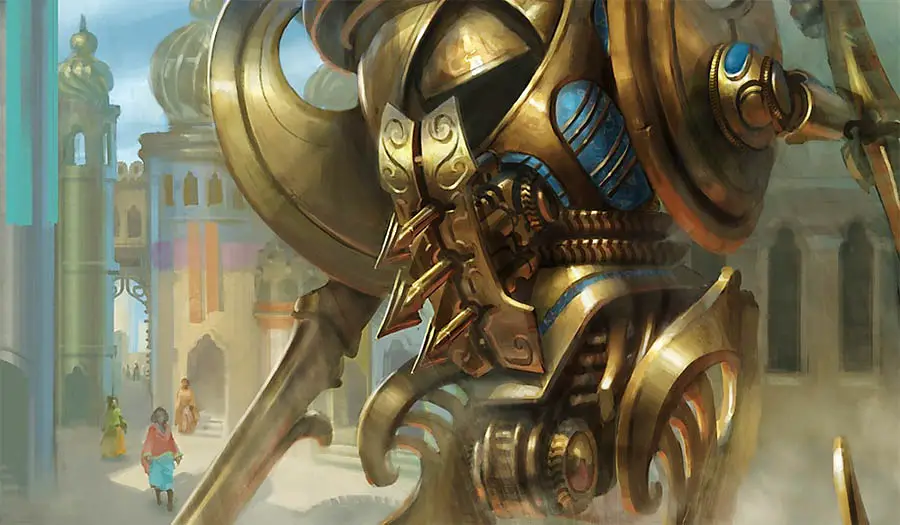
However, it is this versatility that allows it to shine in the ruthless metagame of the Modern format. In the Tron builds, it utilises the deck’s ability to generate egregious volumes of mana to create a large body that can easy kill Planeswalkers, Creatures and Players alike. Or combo it with Heliod, Sun Crowned, to give Walking Ballista Lifelink and both triggered abilities will effectively deal infinite damage to your opponent. (When Ballista with Lifelink deals 1 damage to a target, a new +1/+1 counter is placed on it, allowing it deal damage again).
Article Vehicles: Vroom Vroom
I simply couldn’t finish this article without talking about Vehicles, now could I?
Though they had very little time to shine in Magic’s history, especially given their recent introduction into the game, they quickly made a name for themselves in the Mardu Vehicles deck, with their poster-child being the unassuming, yet highly potent Smuggler’s Copter, a 2-mana 3/3 Vehicle that allowed players to filter their hands and discard away useless lands or high CMC Creatures to draw something more
These vehicles would make a return in Dominaria (2018) and Ixalan (2017) blocks, as the Skyship Weatherlight and as Pirate Ships, before their subsequent reprisal in War of the Spark (2019).
Vehicles require other Creatures to drive them around, but they don’t have to be Artifacts. Thankfully, your creatures can’t get into serious accidents while driving, but there’s always the possibility of crashing and destroying your vehicles should you face the inevitable Colossal Dreadmaw staring you down.
Artifact Equipment: “And My AXE!”
Finally rounding off the Artifacts, we have the unique and powerful Equipments that can be equipped onto Creatures to provide them with stat boosts and other useful effects. One major difference between Equipment and Enchantment Auras is that the Equipment stays on the Battlefield even if the attached Creature is destroyed.
Though often thought as mere Draft fodder, designed for a limited environment and nothing more, these Artifacts can sometimes find their way into other formats, and even become so strong that they demand a deck of their own.


Take for instance, the notorious Caw-Blade deck from Scars of Mirrodin block standard, which revolved around getting your copies of Squadron Hawk onto the battlefield, before hastily equipping them with Sword of Feast and Famine through Stoneforge Mystic, effectively working around any possible counter spells. This deck became so popular during its time, especially accompanied by the release of Jace, the Mind Sculptor, who basically acted as a free Brainstorm effect each turn.
In more recent times, Embercleave came in, threw its bags on the nearest chair and sat right smack in the center of Mono Red Aggro’s throne. Magic had rarely ever seen a piece of equipment that did its job as well as Embercleave. Though initial reviews of the card claimed that it was too weak to make much of an impact on Standard, it’s potency when combined with cards like Torbran, Thane of Red Fell and Fervent Champion allows it to be a silent threat to any opposing player below 10 health.
Further Reading: History of the Artifact
Fun fact: the first Artifacts came out in the original Alpha (1993) set, but bore the names of “Mono Artifact”, “Poly Artifact” and “Continous Artifact.” These terms served to refer to how often and when the abilities of these Artifacts could be activated. Now obsolete, the current ruling for these terms would be:
Mono Artifact: Requires tapping as a part of the Artifact’s cost to activate its ability. Current oracle texts include the tap symbol in their costs. See: Black Lotus
Poly Artifact: An artifact that does not require to be tapped as a cost to activate its abilities. See: Pyramids
Continuous Artifact: An Artifact that has a persistent effect while on the battlefield and does not require any cost to activate its abilities. See: Meekstone.
Artifacts themselves wouldn’t require coloured mana to activate their abilities till Mirrodin (2003), but the initial design was for the mana symbols to be a grayscale version of the original mana symbols for these activation costs. This lead to an uproar among competitive drafters, since the grayscale symbols could easily be mistaken during drafting, causing players to draft off-colour picks unknowingly. This change was rectified in later blocks and has not reappeared since.


On the other hand, coloured Artifacts would not exist up till Transguild Courier (see its gold border) in Dissension. And Sarcomite Myr was the first Artifact Creature to incorporate coloured Mana in its casting cost.
Powerful Artifacts like Memory Jar were abused to refill a hand with 7 fresh cards, leading to shenanigans with cards like Windfall and Tolarian Academy, effectively breaking the Standard format (known as Type 2) of the or the 1998 era.
Another more recent example of how powerful Artifacts can be is Aetherworks Marvel in Kaladesh Standard, which has a triggered ability that gives you Energy counters whenever a permanent of yours is put into a Graveyard. However, its breaking point came with its activated ability, allowing you to cash in 6 of your Energy counters to look at the top 6 cards of your library and cast anything without paying its mana cost.
End Step: What a Rocky Road!
Artifacts make up a core facet of Magic’s gameplay and lore, with many Legendary Artifacts representing structures and items crucial to the Magic lore. Many of Magic’s stories revolve around its characters, and these characters have often left their mark on planes in the items and weapons they’ve wielded. Any old sword can be a sword, but there will only ever be one Blackblade, one Godsend, one Skyship Weatherlight (ok actually two Weatherlight cards, but who’s counting?)
Ultimately, these Artifacts represent facets of magic that encapsulate both the high fantasy aspects of baubles, potions and mystical weapons whilst giving each its own identity in the face of such a large card library, where each card attempts to make its own mark on players, experienced and novices alike.


